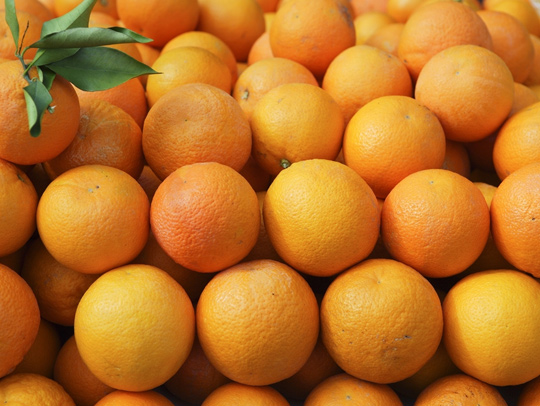How to Save the Florida Citrus Industry?
April 27, 2023 | 2 min to read

Imagine a devastating plant disease that sweeps the land, decimating crops. For Florida’s citrus growers, that apocalyptic vision is not a horror movie, but a reality: since it was first identified in the Sunshine State in 2005, citrus greening disease has reduced Florida’s citrus production by a whopping 70%. Without any treatment or cure available, desperate growers have cut down infected trees or abandoned their groves entirely. Scientists have been racing to come up with a solution. Now, one enterprising team believes it may have one, in the form of: stingrays.
Like other organisms, stingrays have an immune system. Unlike most organisms, however, the rays’ system produces an antibody with a functional domain that is both far smaller and more stable than most. These special antibodies, or nanobodies – termed “mantabodies” by the research team – are specialized proteins that can help other organisms fight off infection. Essentially, the researchers plan to treat the rays as a sort of all-purpose pharmacy, where they can introduce a novel pathogen like the citrus greening bacteria, and the rays will generate an immune response specific to that pathogen. The genetic material (gene) encoding this specifically-targeted antibody can then be placed in modified plant cells that grow as a symbiont – an organism that lives in a close, mutually beneficial relationship with the diseased organism.
Alternatively, researchers can culture the modified plant cells in large vessels and then harvest the antibodies that the cells produce for inoculation into citrus trees. The resulting antibody therapy would prevent or cure disease development in the trees. The approach could, in theory, be applied to other organisms too, and the researchers plan to use the technology to target pathogens that invade farmed fish, honey bees, and more.
To read the rest of the story, please go to: USDA ARS
